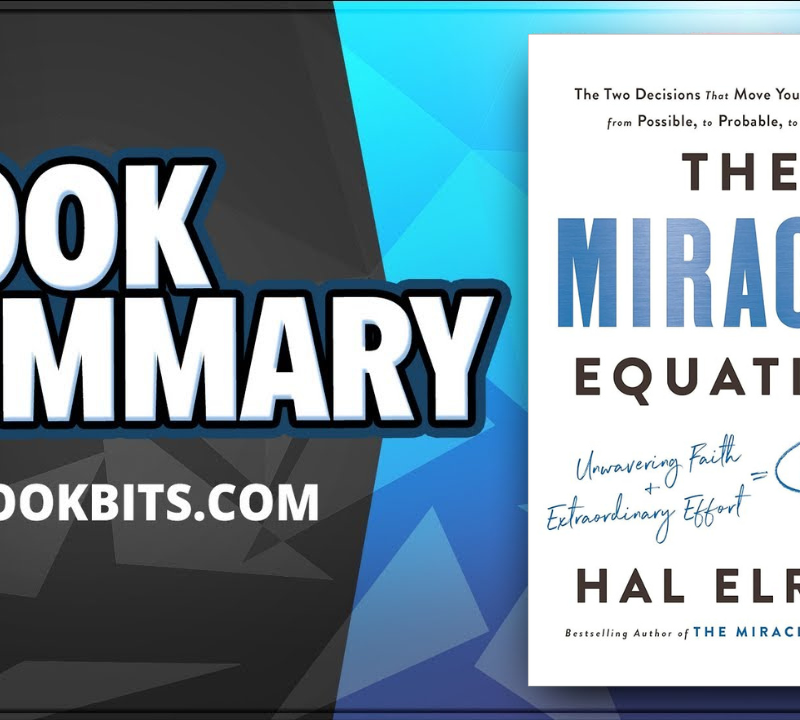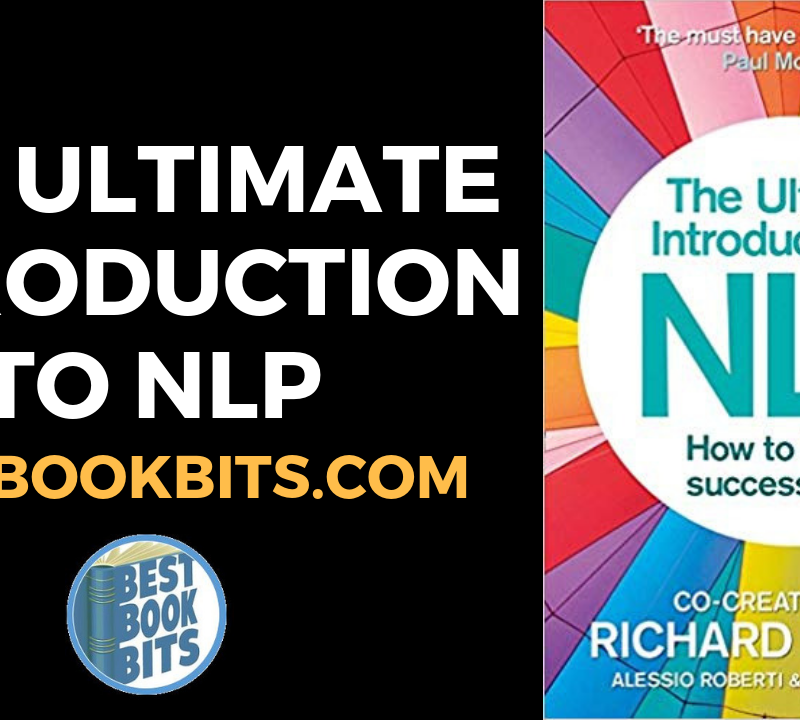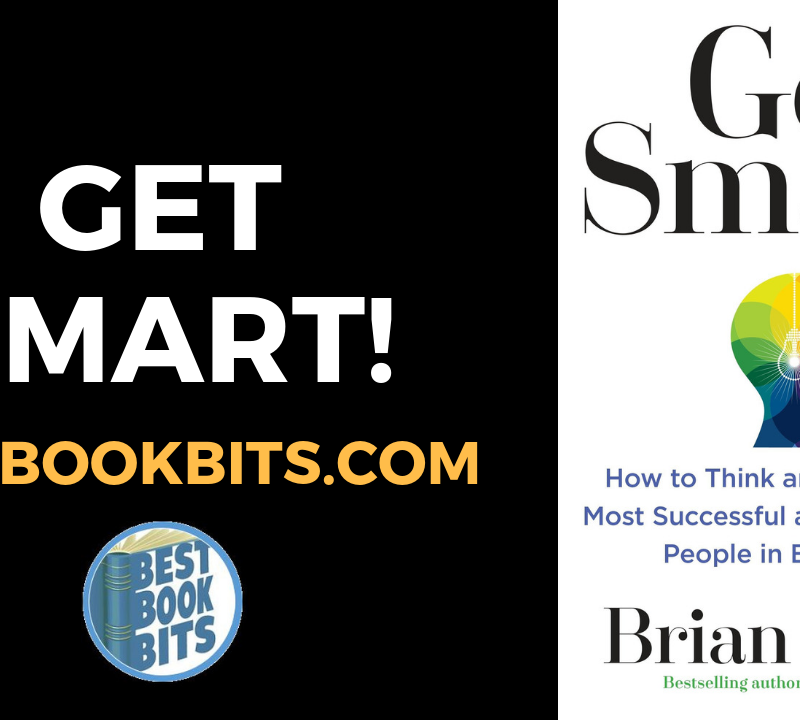★DOWNLOAD THIS FREE PDF SUMMARY HERE https://go.bestbookbits.com/freepdf
? MY FREE BOOK TO LIVING YOUR DREAM LIFE” https://go.bestbookbits.com/first-seven-steps
? SPONSOR BESTBOOKBITS BY USING PATREON https://www.patreon.com/bestbookbits
? SUPPORT BESTBOOKBITS BY CLICKING THE LINKS BELOW
-
- 150 PDF Summaries: https://go.bestbookbits.com/150
- Coaching Program: https://go.bestbookbits.com/coaching
- Subscribe to My Channel: https://www.youtube.com/bestbookbits?sub_confirmation=1
- Website: https://bestbookbits.com
- Instagram: https://www.instagram.com/bestbookbits
- Spotify: https://open.spotify.com/show/0q8OW3dNrLISzyRSEovTBy
- Facebook: https://www.facebook.com/michaelbestbookbits
- Book Club: https://bestbookbits.com/bookclub/
- Mailing List: https://mailchi.mp/d1dfc1907cdb/bestbookbits
PART I. TWO SYSTEMS
There is a two-system approach to judgement and choice;
System 1: Operates automatically and quickly, with little or no effort and no sense of voluntary control. Fast thinking. This system is more influential than your experience tells you, it influences many of the choices and judgements you make. It continually constructs a coherent interpretation of what is going on in our world. System 1 is the reason you can:
- Answer 2+2=
- Understand simple sentences.
- Complete the phrase “bread and…”
System 2:
Allocates attention to the effortful mental activities that demand it, including complex computations. The operations of system 2 are often associated with the subjective experience of agency, choice and concentration. Slow thinking. When we think of ourselves, we identify with System 2, the conscious, reasoning self that has beliefs, makes choices, and decides what to think about and what to do. System 2 is the reason you can:
- Maintain a faster walking speed than is natural for you
- Monitor the appropriateness of your behaviour
- Fill out a tax form
Although System 2 believes itself to be where the action is, the automatic System 1 is the hero.
When System 1 runs into difficulty, it calls on System 2 to support more detailed and specific processing that may solve the problem of the moment. System 2 is mobilized when a question arises for which System 1 does not offer an answer.
One of the main functions of System 2 is to monitor and control thoughts and actions “suggested” by System 1, allowing some to be expressed directly in behaviour and suppressing or modifying others.
Characteristics of System 1:
- Generates impressions, feelings, and inclinations; when endorsed by System 2 these become beliefs, attitudes, and intentions
- Operates automatically and quickly, with little or no effort, and no sense of voluntary control
- Can be programmed by System 2 to mobilize attention when a particular pattern is detected
- Executes skilled responses and generates skilled intuitions, after adequate training
- Creates a coherent pattern of activated ideas in associative memory
- Links a sense of cognitive ease to illusions of truth, pleasant feelings, and reduced vigilance
PART II. HEURISTICS AND BIASES
System 1 is not prone to doubt. It suppresses ambiguity and spontaneously constructs stories that are as coherent as possible.
System 2 is capable of doubt, because it can maintain incompatible possibilities at the same time. However, sustaining doubt is harder work than sliding into certainty.
The Anchoring Effect: occurs when people consider a particular value for an unknown quantity before estimating that quantity: the estimates stay close to the number that people considered.
Each system produces different anchoring effects: a deliberate process of adjustment (System 2). And a priming effect, an automatic manifestation of System 1.
Random anchors
The effects of random anchors have much to tell us about the relationship between System 1 and System 2. Anchoring effects have always been studied in tasks of judgment and choice that are ultimately completed by System 2. However, System 2 works on data that is retrieved from memory, in an automatic and involuntary operation of System 1. System 2 is therefore susceptible to the biasing influence of anchors that make some information easier to retrieve. Furthermore, System 2 has no control over the effect and no knowledge of it.
Maintaining one’s vigilance against biases is a chore— but the chance to avoid a costly mistake is sometimes worth the effort.
The ease with which instances come to mind is a System 1 heuristic, which is replaced by a focus on content when System 2 is more engaged. Multiple lines of evidence converge on the conclusion that people who let themselves be guided by System 1 are more strongly susceptible to availability biases than others who are in a state of higher vigilance.
Risk
The idea that risk is objective: “Risk” does not exist “out there,” independent of our minds and culture, waiting to be measured. Human beings have invented the concept of “risk” to help them understand and cope with the dangers and uncertainties of life. Although these dangers are real, there is no such thing as “real risk” or “objective risk.”
When an incorrect intuitive judgment is made, System 1 and System 2 should both be indicted. System 1 suggested the incorrect intuition, and System 2 endorsed it and expressed it in a judgment.
However, there are two possible reasons for the failure of System 2 —ignorance or laziness.
Extreme predictions: and a willingness to predict rare events from weak evidence are both manifestations of System 1. It is natural for System 1 to generate overconfident judgments. Regression is also a problem for System 2. The very idea of regression to the mean is alien and difficult to communicate and comprehend. Matching predictions to the evidence is not only something we do intuitively; it also seems a reasonable thing to do. We will not learn to understand regression from experience.
Maintaining one’s vigilance against biases is a chore— but the chance to avoid a costly mistake is sometimes worth the effort.
PART III. OVERCONFIDENCE
Narrative Fallacy: arise inevitably from out continuous attempt to make sense of the world. We humans are constantly fooling ourselves by constructing flimsy accounts of the past and believing they are true.
The core of the illusion is that we believe we understand the past, which implies that the future also should be knowable, but in fact we understand the past less than we believe we do.
To think clearly about the future, we need to clean up the language that we use in labelling the beliefs we had in the past.
Hindsight
The mind that makes up narratives about the past is a sense-making organ.
A general limitation of the human mind is its imperfect ability to reconstruct past states of knowledge, or beliefs that have changed.
Hindsight bias has pernicious effects on the evaluations of decision makers. It leads observers to assess the quality of a decision not by whether the process was sound but by whether its outcome was good or bad.
Hindsight is especially unkind to decision makers who act as agents for others—physicians, financial advisers, third-base coaches, CEOs, social workers, diplomats, politicians. We are prone to blame decision makers for good decisions that worked out badly and to give them too little credit for successful moves that appear obvious only after the fact. There is a clear outcome bias.
★DOWNLOAD THIS FREE PDF SUMMARY HERE https://go.bestbookbits.com/freepdf
? MY FREE BOOK TO LIVING YOUR DREAM LIFE” https://go.bestbookbits.com/first-seven-steps
? SPONSOR BESTBOOKBITS BY USING PATREON https://www.patreon.com/bestbookbits
? SUPPORT BESTBOOKBITS BY CLICKING THE LINKS BELOW
-
- 150 PDF Summaries: https://go.bestbookbits.com/150
- Coaching Program: https://go.bestbookbits.com/coaching
- Subscribe to My Channel: https://www.youtube.com/bestbookbits?sub_confirmation=1
- Website: https://bestbookbits.com
- Instagram: https://www.instagram.com/bestbookbits
- Spotify: https://open.spotify.com/show/0q8OW3dNrLISzyRSEovTBy
- Facebook: https://www.facebook.com/michaelbestbookbits
- Book Club: https://bestbookbits.com/bookclub/
- Mailing List: https://mailchi.mp/d1dfc1907cdb/bestbookbits
“Actions that seemed prudent in foresight can look irresponsibly negligent in hindsight.”
Although hindsight and the outcome bias generally foster risk aversion, they also bring undeserved rewards to irresponsible risk seekers, such as a general or an entrepreneur who took a crazy gamble and won. Leaders who have been lucky are never punished for having taken too much risk.
“A few lucky gambles can crown a reckless leader with a halo of prescience and boldness.”
System 1
Sense-making System 1 makes us see the world as more tidy, simple, predictable, and coherent than it really is. The illusion that one has understood the past feeds the further illusion that one can predict and control the future.
“The mistake appears obvious, but it is just hindsight. You could not have known in advance.”
System 1 is designed to jump to conclusions from little evidence. Because of confidence by coherence, the subjective confidence we have in our opinions reflects the coherence of the story that System 1 and System 2 have constructed. The amount of evidence and its quality do not count for much. For some of our most important beliefs we have no evidence at all, except that people we love and trust hold these beliefs. Considering how little we know, the confidence we have in our beliefs is preposterous— and it is also essential.
Subjective confidence in a judgment is not a reasoned evaluation of the probability that this judgment is correct. Confidence is a feeling, which reflects the coherence of the information and the cognitive ease of processing it.
The main point is not that people who attempt to predict the future make many errors; that goes without saying. The first lesson is that errors of prediction are inevitable because the world is unpredictable. The second is that high subjective confidence is not to be trusted as an indicator of accuracy (low confidence could be more informative).
Optimism
Optimistic individuals play a disproportionate role in shaping our lives. Their decisions make a difference; they are the inventors, the entrepreneurs, the political and military leaders—not average people. They got to where they are by seeking challenges and taking risks.
When they come together, the emotional, cognitive, and social factors that support exaggerated optimism are a heady brew, which sometimes leads people to take risks that they would avoid if they knew the odds.
Actions that seemed prudent in foresight can look irresponsibly negligent in hindsight.
PART IV. CHOICES
Most people dislike risk (the chance of receiving the lowest possible outcome), and if they are offered a choice between a gamble and an amount equal to its expected value they will pick the sure thing. In fact a risk-averse decision maker will choose a sure thing that is less than expected value, in effect paying a premium to avoid the uncertainty.
Loss Aversion: Many of the options we face in life are “mixed”: there is a risk of loss and an opportunity for gain, and we must decide whether to accept the gamble or reject it.
Loss aversion refers to the relative strength of two motives: we are driven more strongly to avoid losses than to achieve gains. A reference point is sometimes the status quo, but it can also be a goal in the future: not achieving a goal is a loss, exceeding the goal is a gain.
Not equally powerful
The two motives are not equally powerful. The aversion to the failure of not reaching the goal is much stronger than the desire to exceed it. People often adopt short-term goals that they strive to achieve but not necessarily to exceed. They are likely to reduce their efforts when they have reached an immediate goal, with results that sometimes violate economic logic.
“This reform will not pass. Those who stand to lose will fight harder than those who stand to gain.”
People attach values to gains and losses rather than to wealth, and the decision weights that they assign to outcomes are different from probabilities.
People who face very bad options take desperate gambles, accepting a high probability of making things worse in exchange for a small hope of avoiding a large loss. Risk taking of this kind often turns manageable failures into disasters.
Defeat
Because defeat is so difficult to accept, the losing side in wars often fights long past the point at which the victory of the other side is certain, and only a matter of time.
The successful execution of a plan is specific and easy to imagine when one tries to forecast the outcome of a project. In contrast, the alternative of failure is diffuse, because there are innumerable ways for things to go wrong. Entrepreneurs and the investors who evaluate their prospects are prone both to overestimate their chances and to overweight their estimates.
Regret is an emotion, and it is also a punishment that we administer to ourselves. The fear of regret is a factor in many of the decisions that people make. Regret is one of the counterfactual emotions that are triggered by the availability of alternatives to reality.
Decision makers know that they are prone to regret, and the anticipation of that painful emotion plays a part in many decisions.
PART V. TWO SELVES
Expected utility theory, is entirely about the rules of rationality that should govern decision utilities it has nothing at all to say about hedonic experiences. Of course, the two concepts of utility will coincide if people want what they will enjoy, and enjoy what they chose for themselves—and this assumption of coincidence is implicit in the general idea that economic agents are rational.
Rational agents are expected to know their tastes, both present and future, and they are supposed to make good decisions that will maximize these interests.
What we learn from the past is to maximize the qualities of our future memories, not necessarily of our future experience.
Decisions
Decisions that do not produce the best possible experience and erroneous forecasts of future feelings—both are bad news for believers in the rationality of choice. We cannot fully trust our preferences to reflect our interests, even if they are based on personal experience, and even if the memory of that experience was laid down within the last quarter of an hour!
Tastes and decisions are shaped by memories, and the memories can be wrong.
An inconsistency is built into the design of our minds. We have strong preferences about the duration of our experiences of pain and pleasure. We want pain to be brief and pleasure to last. But our memory, a function of System 1, has evolved to represent the most intense moment of an episode of pain or pleasure (the peak) and the feelings when the episode was at its end. A memory that neglects duration will not serve our preference for long pleasure and short pains.
“You are thinking of your failed marriage entirely from the perspective of the remembering self. A divorce is like a symphony with a screeching sound at the end—the fact that it ended badly does not mean it was all bad.”
Emotions
The experience of a moment or an episode is not easily represented by a single happiness value. There are many variants of positive feelings, including love, and joy. Negative emotions also come in many varieties, including anger and loneliness.
Although positive and negative emotions exist at the same time, it is possible to classify most moments of life as ultimately positive or negative
An individual’s mood at any moment depends on her temperament and overall happiness, but emotional well-being also fluctuates considerably over the day and the week. The mood of the moment depends primarily on the current situation.
Well Being
The goals that people set for themselves are so important to what they do and how they feel about it that an exclusive focus on experienced well-being is not tenable.
We cannot hold a concept of well-being that ignores what people want.
On the other hand, it is also true that a concept of well-being that ignores how people feel as they live and focuses only on how they feel when they think about their life is also untenable.
We must accept the complexities of a hybrid view, in which the well-being of both selves is considered.
★DOWNLOAD THIS FREE PDF SUMMARY HERE https://go.bestbookbits.com/freepdf
? MY FREE BOOK TO LIVING YOUR DREAM LIFE” https://go.bestbookbits.com/first-seven-steps
? SPONSOR BESTBOOKBITS BY USING PATREON https://www.patreon.com/bestbookbits
? SUPPORT BESTBOOKBITS BY CLICKING THE LINKS BELOW
-
- 150 PDF Summaries: https://go.bestbookbits.com/150
- Coaching Program: https://go.bestbookbits.com/coaching
- Subscribe to My Channel: https://www.youtube.com/bestbookbits?sub_confirmation=1
- Website: https://bestbookbits.com
- Instagram: https://www.instagram.com/bestbookbits
- Spotify: https://open.spotify.com/show/0q8OW3dNrLISzyRSEovTBy
- Facebook: https://www.facebook.com/michaelbestbookbits
- Book Club: https://bestbookbits.com/bookclub/
- Mailing List: https://mailchi.mp/d1dfc1907cdb/bestbookbits













